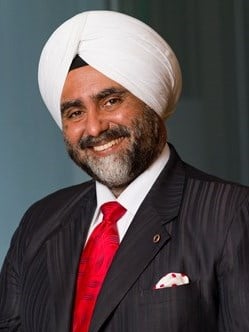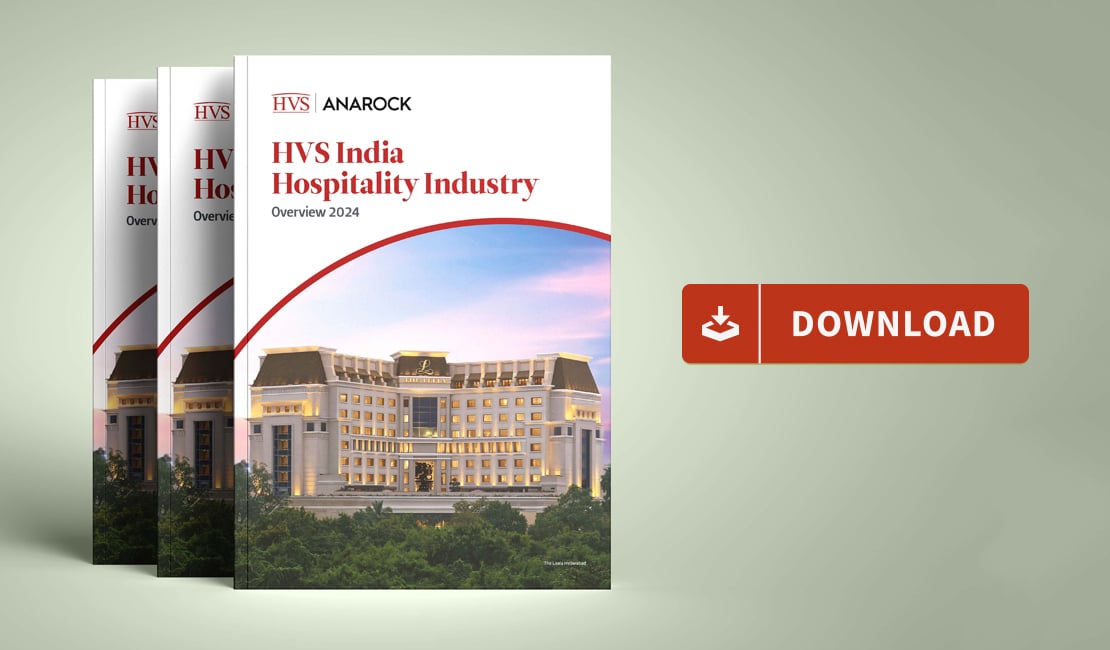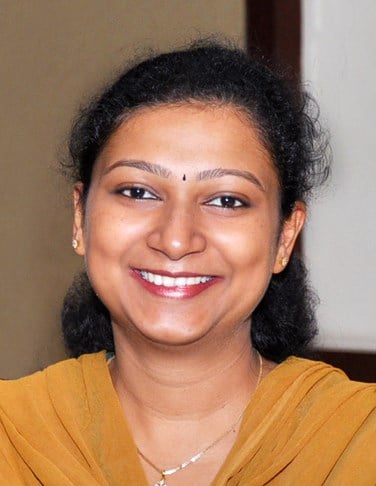
Executive Summary
The year 2024 unfolded as a powerful reminder of the world’s dynamic nature, a blend of geopolitical shifts, climate extremes, and economic recalibrations. Pivotal elections in India, France, the UK, and the US reshaped political narratives. At the same time, global conflicts, from the war in Ukraine to unrest in the Middle East, continued to impact economies and traveler sentiment. Yet, moments of celebration stood tall: the Paris Olympics united nations, the ICC Men’s T20 World Cup thrilled cricket fans, and global pop culture events like Taylor Swift’s Eras Tour captivated millions.Amid these global currents, India’s economic resilience and domestic vibrancy powered its rise on the global stage. With a projected GDP growth of 6.5% and a steady rise in domestic consumption, India’s travel and hospitality industry continued to thrive, even as it navigated evolving market dynamics.
The year began on a high note with the successful launch of IPOs by Juniper Hotels and Apeejay Surrendra Park Hotels, reflecting strong investor confidence in the sector. Domestic tourism remained the backbone during the year, even though the general elections temporarily slowed corporate travel during the election period.
The second half of 2024 was shaped by big-ticket events that redefined demand cycles. The Ambani family’s grand wedding celebrations in Mumbai transformed luxury hotels into high-security, high revenue zones, setting new benchmarks for destination weddings in India. Simultaneously, the live entertainment wave swept across the country. Concerts by Bryan Adams, Dua Lipa, Diljit Dosanjh, and Arijit Singh, among others, and music festivals such as Lollapalooza India drove travel and hotel bookings in host cities.

While inbound tourism recovery remained slower than expected, the hotel sector performed strongly across all key performance metrics. The sector closed the year with a nationwide occupancy of 63-65%, average room rates (ARR) ranging between INR 7,800-8,000, and revenue per available room (RevPAR) in the range of INR 5,000–5,200, reflecting a 27–29% increase over pre-COVID benchmarks. Encouraged by this growth, hoteliers accelerated development activity, resulting in a historic high in hotel brand signings, surpassing previous records, with a sharp focus on Tier-2, Tier-3, and emerging leisure markets.
The outlook for India’s hospitality sector in 2025 is not just optimistic; it’s electric. The year kicked off with momentum as Coldplay’s sold-out concerts in Mumbai and Ahmedabad drew fans from across the country and abroad, highlighting India’s growing prominence on the global live events circuit. Soon after, the Maha Kumbh Mela in Prayagraj, which welcomed 66 crore visitors over just 45 days, showcased the unmatched scale of India’s religious tourism segment, emphasizing the country’s capacity to host some of the largest gatherings in the world. This momentum is expected to continue, driven by a vibrant calendar of cultural and sporting events, and the continued influx of travelers to spiritual destinations such as Ayodhya, Kedarnath, and Varanasi, and the growing appeal of wellness and medical tourism. At the same time, the branded economy hotel segment, which accounts for just 5–7% of total supply, is emerging as a high-potential growth frontier, particularly in Tier-2, 3 and 4 cities, where value-driven travel is on the rise.
Encouraged by the current momentum, we expect nationwide occupancy to reach 70% and average room rates (ARR) to cross the INR 10,000 mark in 2026.
However, to fully capitalize on this growth trajectory, long-awaited policy reforms must be prioritized. Granting industry and infrastructure lending status to hospitality projects, irrespective of investment size, is crucial to unlocking new development in underserved and emerging markets.
With rising domestic demand, increasing global visibility, and a new era of experiential travel, India’s hospitality sector is no longer just growing, it’s gearing up to lead the world.
About Mandeep S Lamba
Mandeep S. Lamba, President – South Asia, oversees the HVS global hospitality practice for South Asia. He has spent over 30 years in the hospitality industry of which the last 19 have been in CEO positions. Having worked with leading International and domestic Hotel Companies such as IHG, Radisson & ITC Hotels, he also set up joint venture companies with Dawnay Day Group UK and Onyx Hospitality, Thailand to own and operate hotels in India giving him a broader exposure to the hospitality business.
An established industry leader, Mandeep has won several awards and recognitions in India and abroad for his accomplishments and contribution to the hospitality industry. He is a Certified Hospitality Administrator from the American Hotels Association (CHA), a member of the Royal Institute of Chartered Surveyors, UK (MRICS) and a member of the Tourism Council of CII (Northern India). His views are often solicited for television and print media as a spokesperson for the hospitality & tourism sector.
Prior to joining HVS in 2018, Mandeep was the Managing Director, Hotels & Hospitality Group for JLL.
Contact Mandeep at +91 981 1306 161 or [email protected]
An established industry leader, Mandeep has won several awards and recognitions in India and abroad for his accomplishments and contribution to the hospitality industry. He is a Certified Hospitality Administrator from the American Hotels Association (CHA), a member of the Royal Institute of Chartered Surveyors, UK (MRICS) and a member of the Tourism Council of CII (Northern India). His views are often solicited for television and print media as a spokesperson for the hospitality & tourism sector.
Prior to joining HVS in 2018, Mandeep was the Managing Director, Hotels & Hospitality Group for JLL.
Contact Mandeep at +91 981 1306 161 or [email protected]
About Dipti Mohan
Dipti Mohan, Vice President - Research with HVS South Asia, is a seasoned knowledge professional with extensive experience in research-based content creation. She has authored several ‘point of view’ documents such as thought leadership reports, expert opinion articles, white papers, and research reports across industries including hospitality, real estate, infrastructure, cement, and construction. Contact Dipti at [email protected].
About Dhwani Gupta
Dhwani Gupta, Associate - Research with HVS South Asia, studied literature for her undergraduate and believes that you can do anything with the right amount of research. After graduating, she pursued a course in Management and Liberal Arts which gave her a wider perspective of the world. As a result, the more difficult a topic is, the more fun she has writing it. Contact Dhwani at [email protected]




0 Comments
Success
It will be displayed once approved by an administrator.
Thank you.
Error